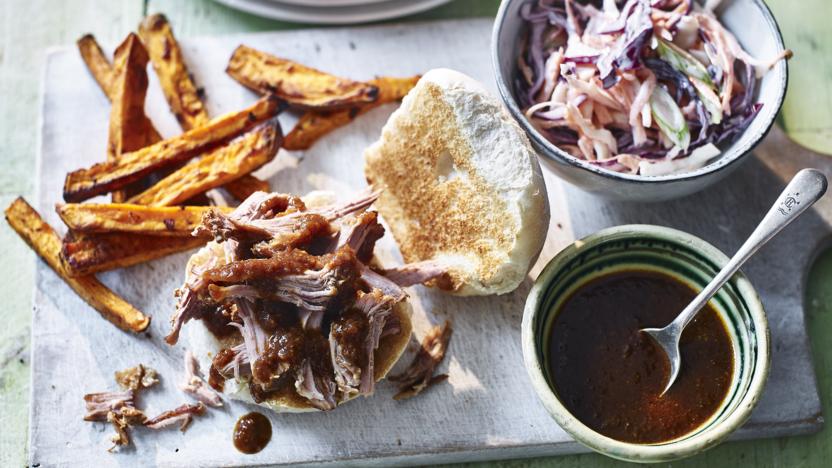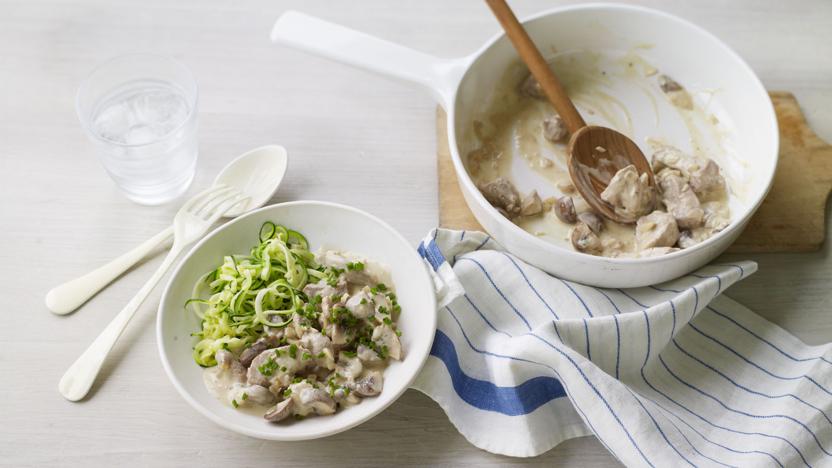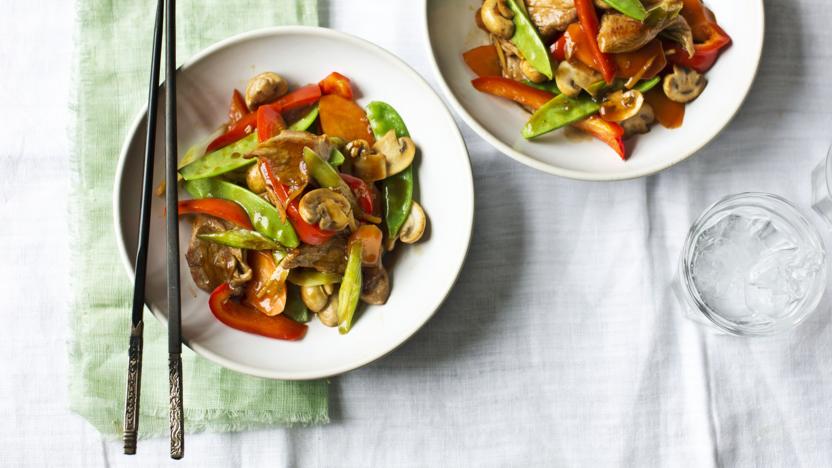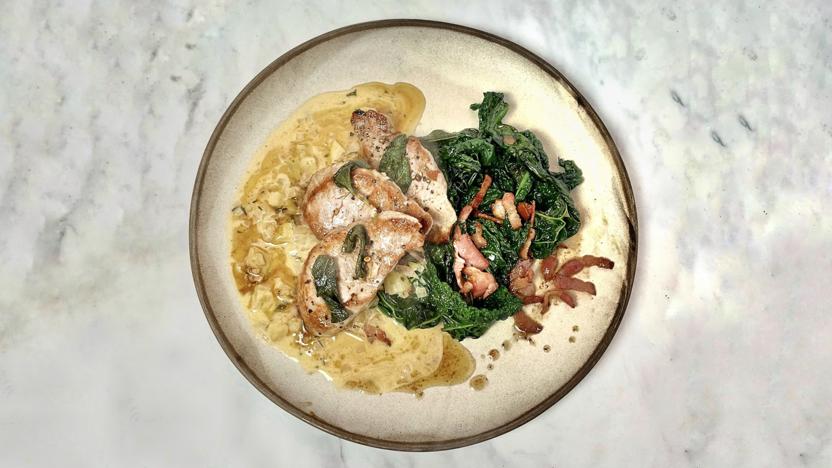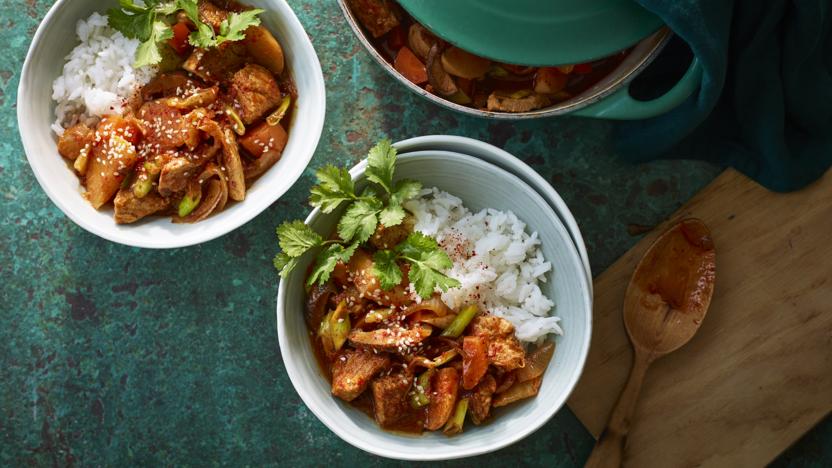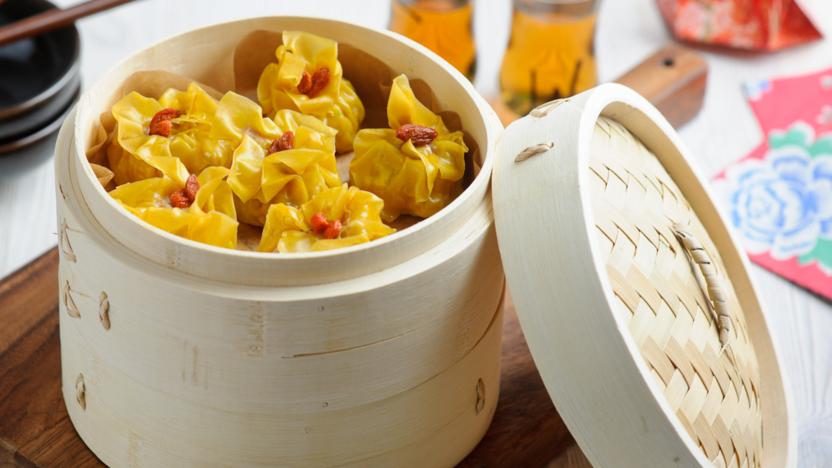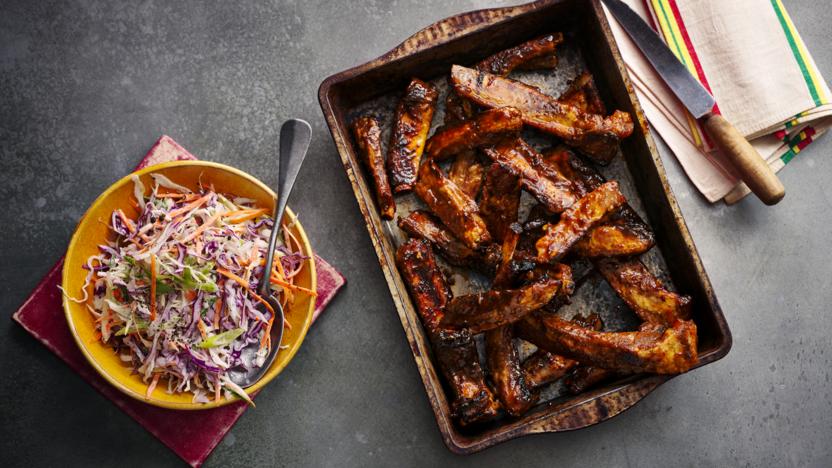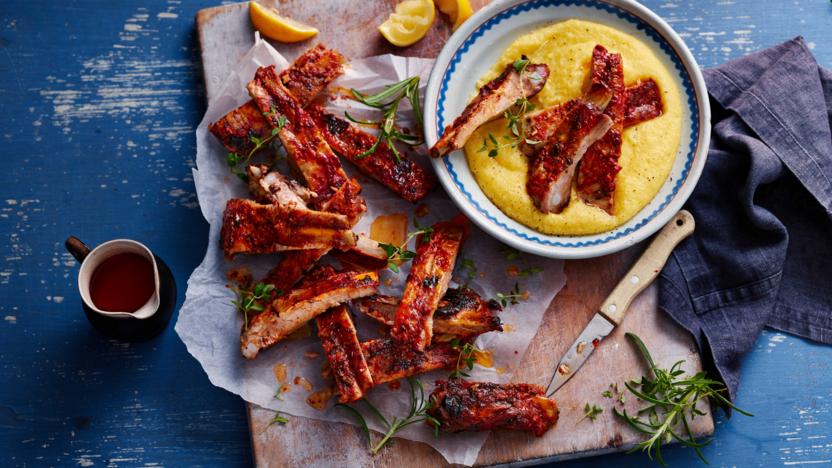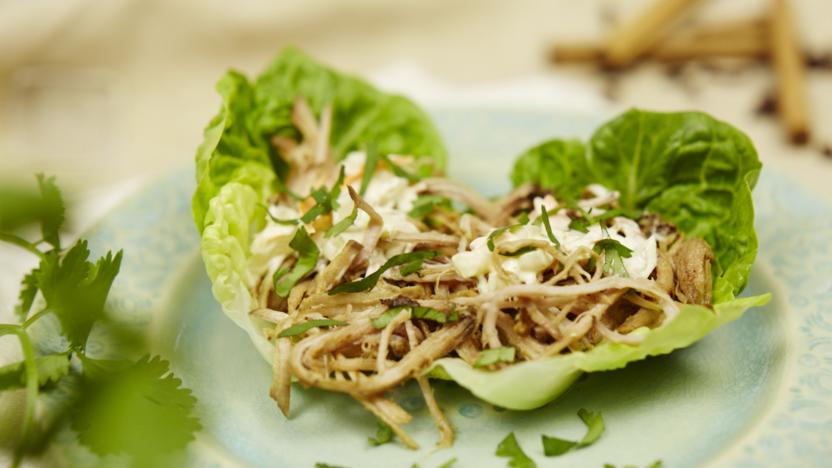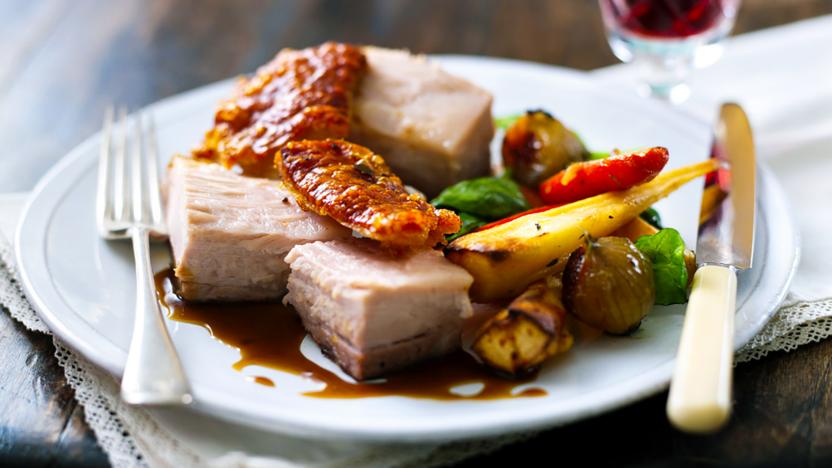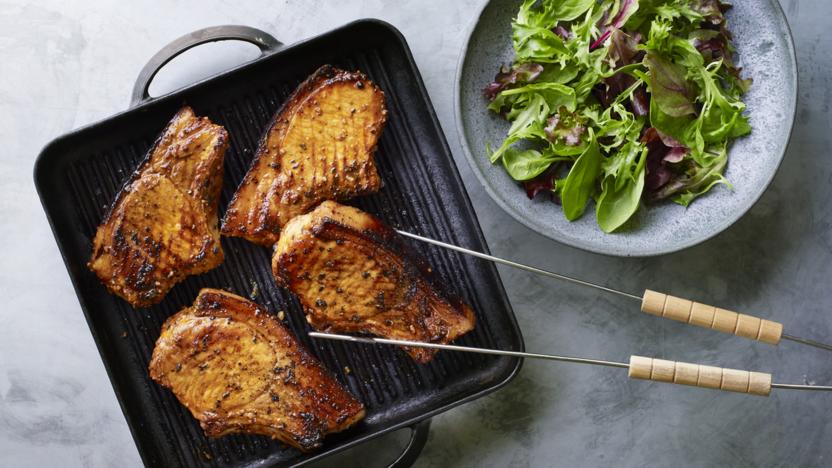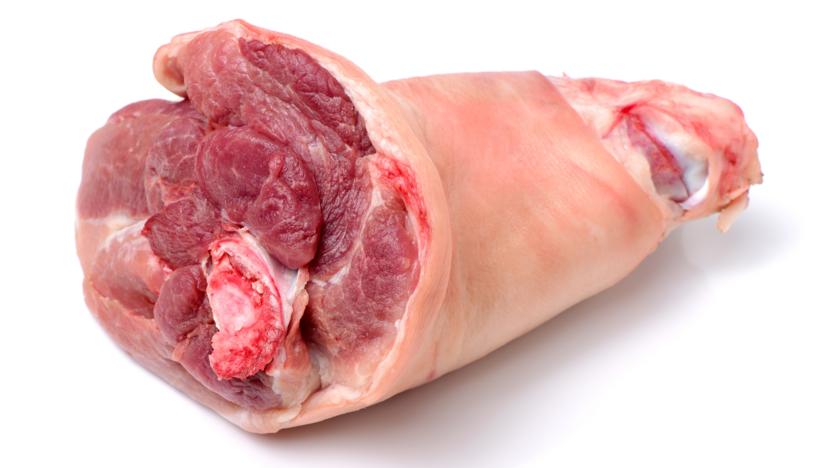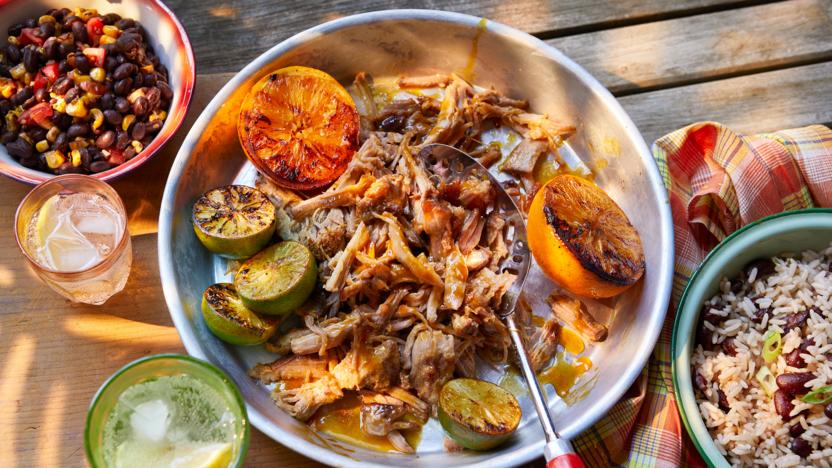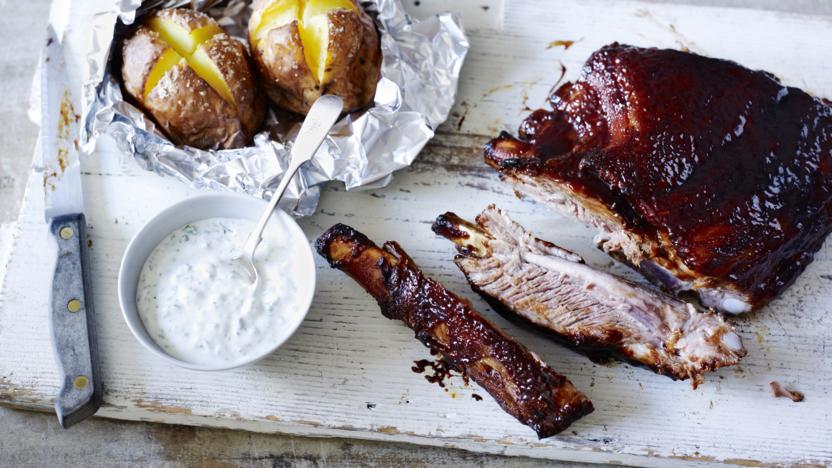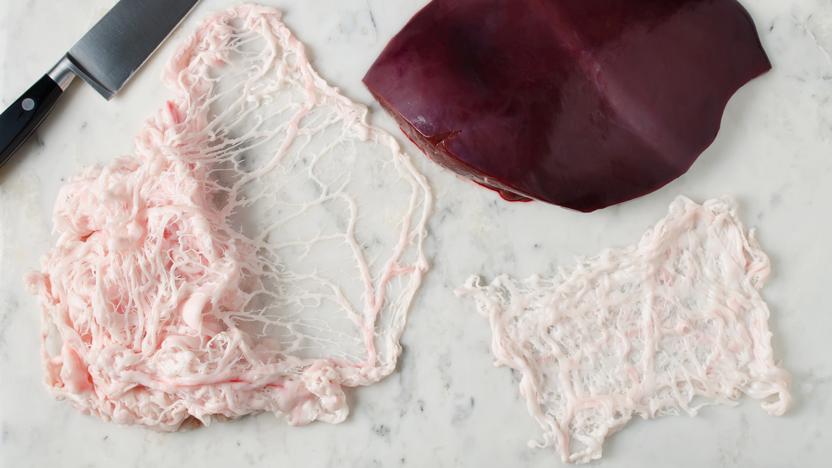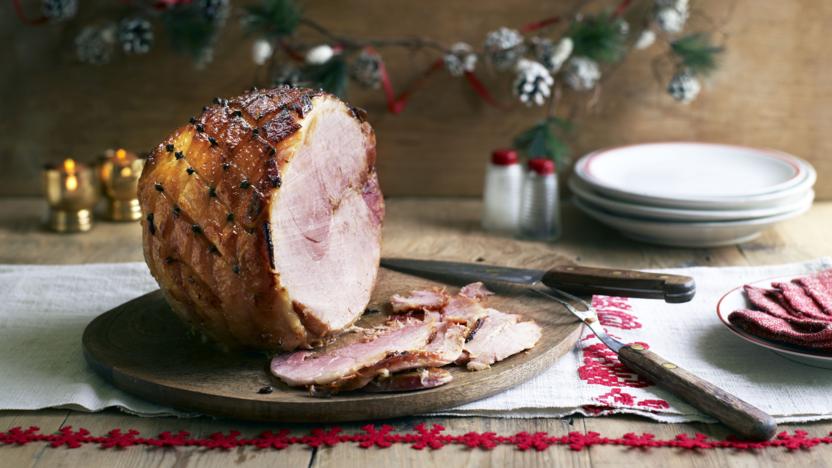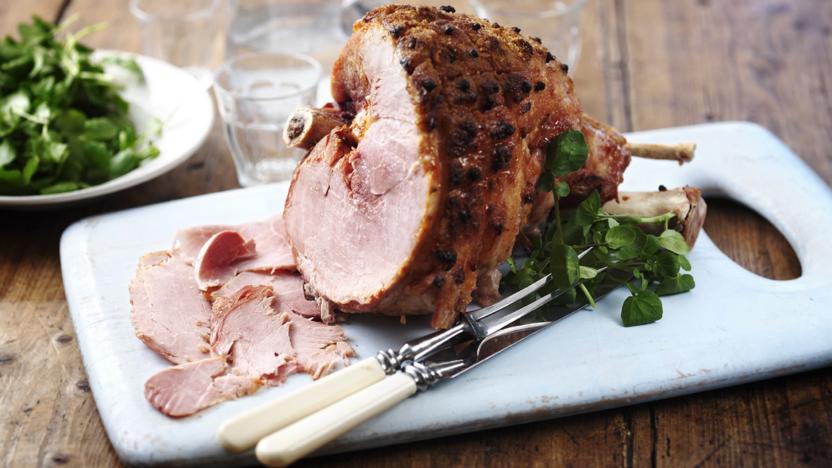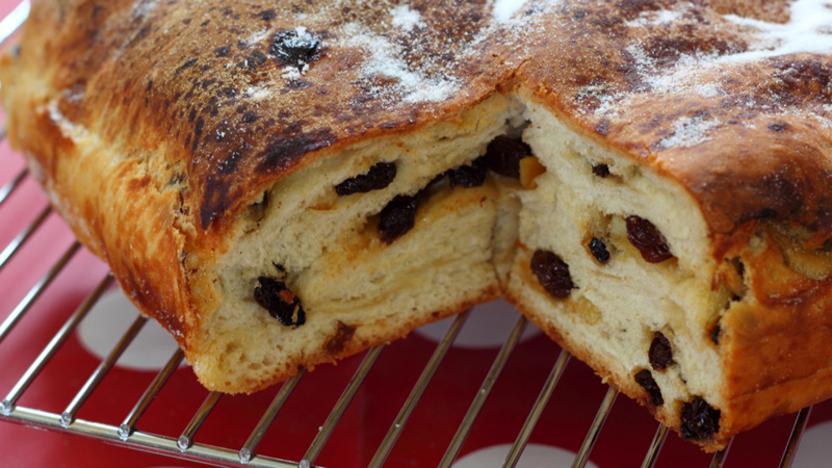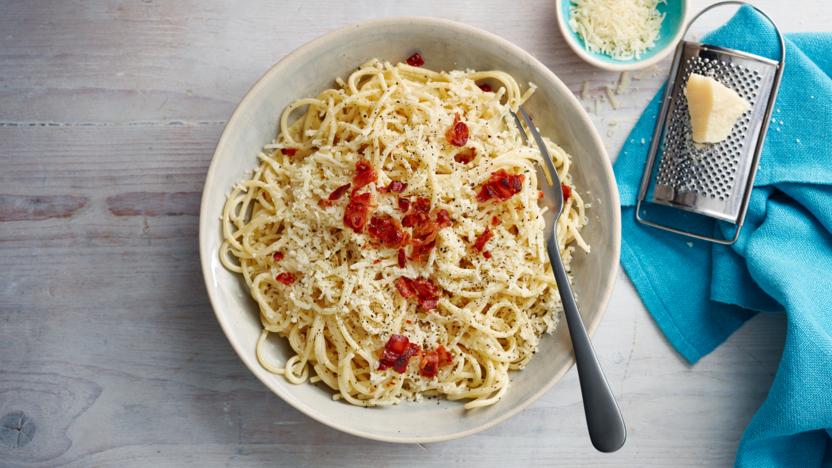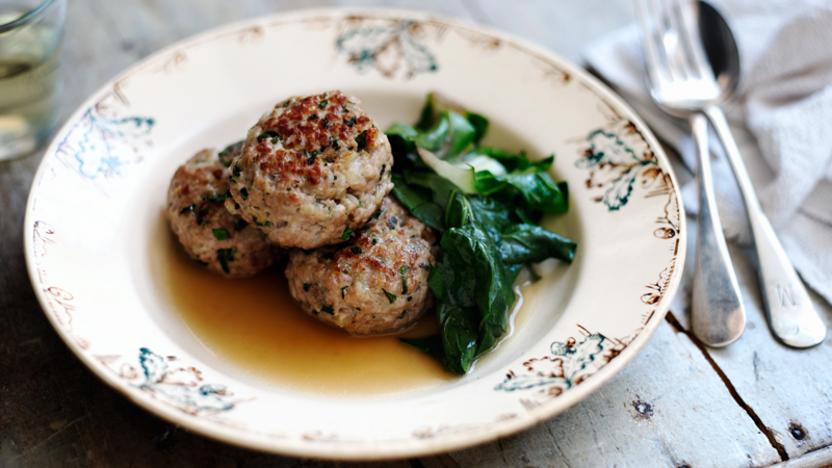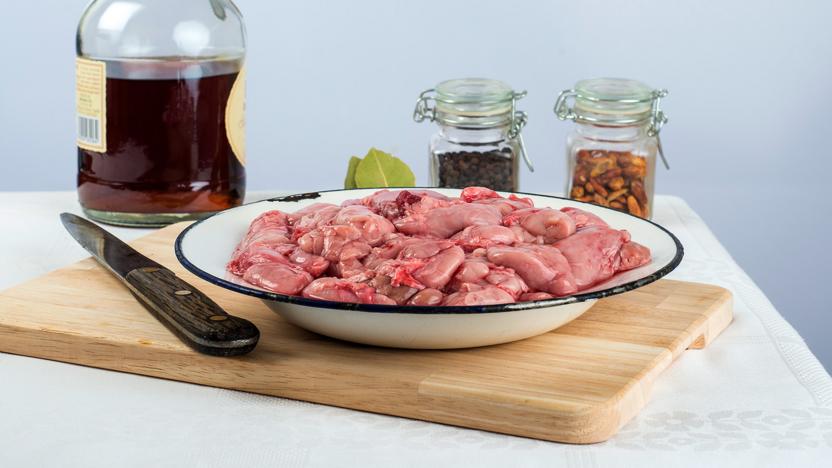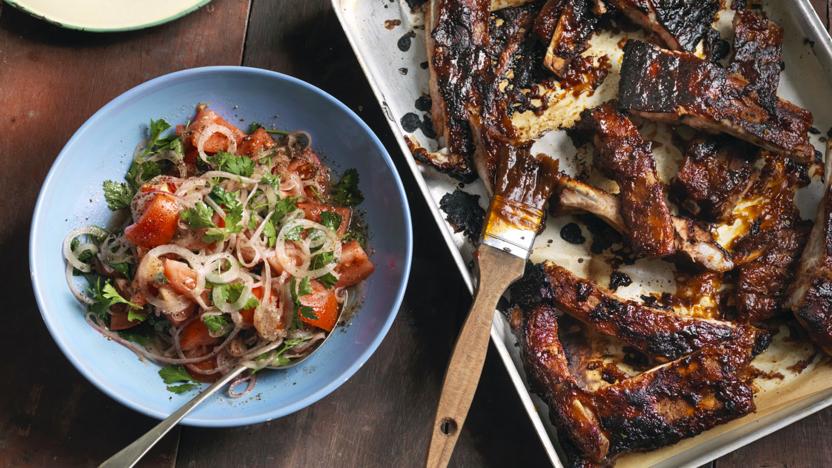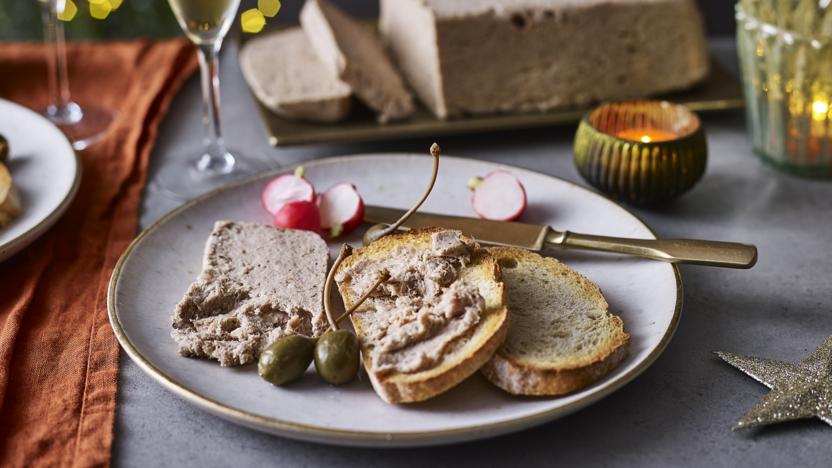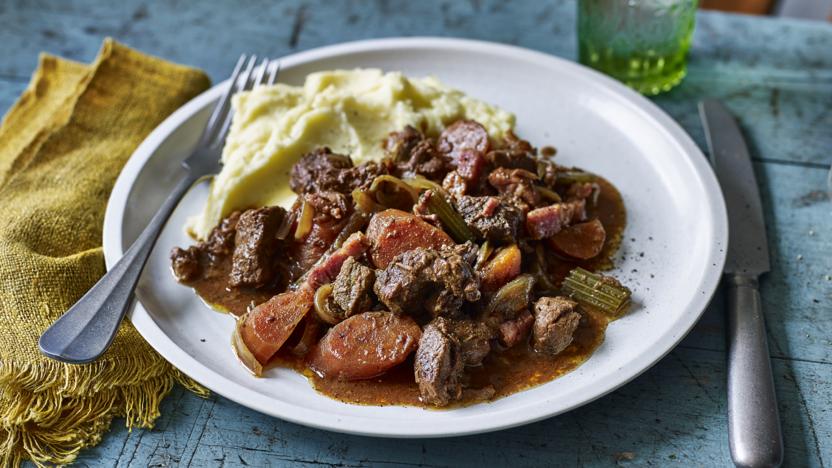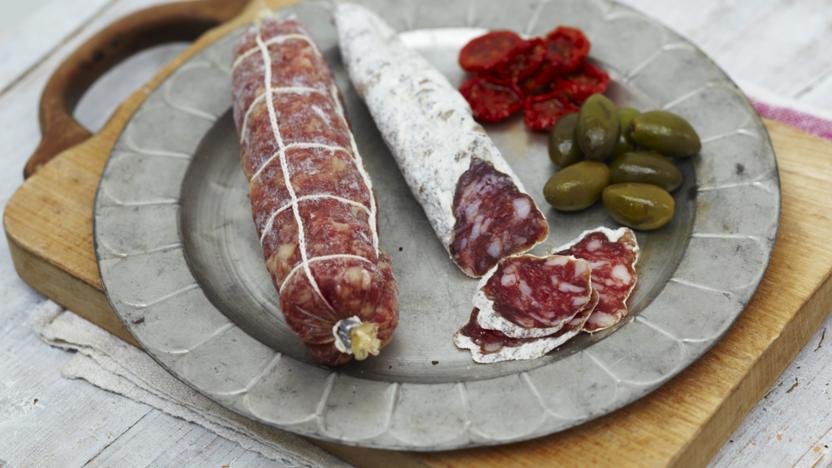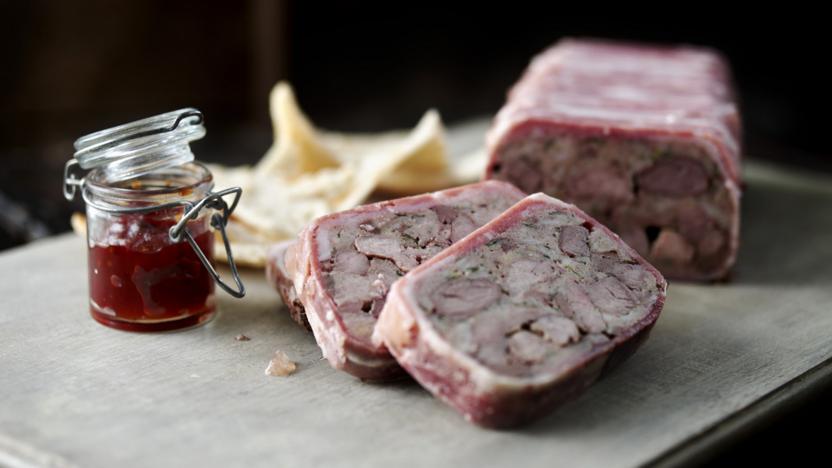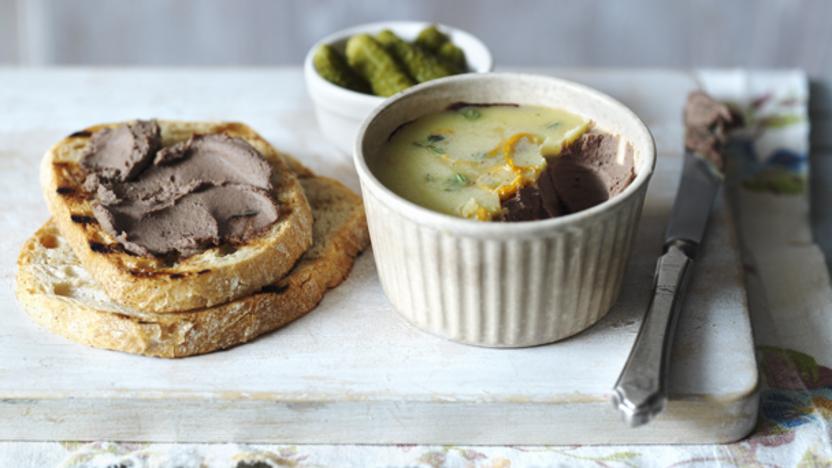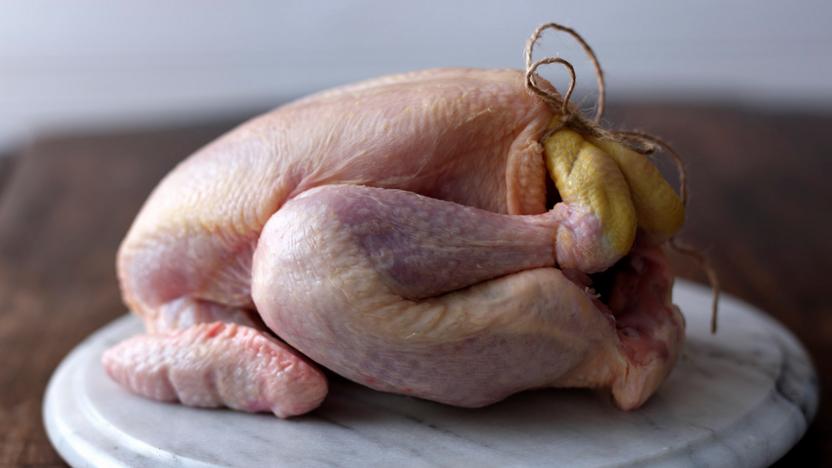Pork recipes
Every part of the pig can be eaten 鈥� from the nose to the tail, not one morsel is wasted.
Donal's pulled pork recipe is perfect for a crowd and easy to make. The pork shoulder braises on the hob and transforms to tender shreds that can be piled into a soft roll. With sweet potato fries and spicy coleslaw, this American classic is complete.
More pork recipes
Buyer's guide
Look for cuts that are moist and a healthy deep-pink colour, not grey or red. Choose neat cuts with a fine-grained texture. Although pork is a lean meat, there may be a slight marbling of fat (especially in traditional breeds) that should be firm and white. Avoid any meat that looks damp or clammy, or that has oily- or chalky-looking fat.
Free-range, organic and rare-breed pork will generally be a deeper pink colour than commercial pork. It is not only considered more flavoursome than intensively reared pork, but will also come from older animals that have had a better quality of life.
Rare-breed pigs take longer to mature than the breeds selected for modern farming methods and are generally very well cared for in a natural environment. Although this means the end product is more expensive, the pork and bacon from traditional breeds of pig such as Saddlebacks, Gloucestershire Old Spots and Tamworths is considered especially flavourful because the extra fat these pigs carry helps keep the the meat moist and succulent during cooking. Each breed has slightly different eating characteristics so it's worth trying different breeds. Look out for the following rare breeds: Berkshire, British Lop, British Saddleback, Gloucestershire Old Spot, Large Black, Middle White, Tamworth, Welsh.
Storage
Store meat in the coldest part of the fridge. Cover and store raw and cooked foods separately and store raw foods below cooked foods in the fridge. If it's already packaged in a cling-filmed tray, leave it like that until you're ready to use it. If not, put the meat on a plate, loosely wrap in greaseproof paper or aluminium foil and store in the fridge away from cooked meats.
Pork will keep for three to five days in the fridge. Mince, offal and smaller cuts are best eaten on the day you buy them or within one to two days. Joints, chops and steaks will keep for two to three days and large roasting joints for up to five days.
Freezing pork quickly reduces the chance of damage to its texture or succulence. Both smaller pieces and large joints freeze successfully. Use frozen pork within six months. Defrost, loosely wrapped, in the fridge, allowing five hours per 450g/1lb.
Preparation
Pork joints can be roasted long and slow at a lower heat, or fast at a higher heat. Braising and pot-roasting can be used for almost every cut of pork including larger joints - the addition of wine, water or stock results in a moist, succulent pork dish every time. Stewing or casseroling pork, either on the hob or in the oven, produces a rich, flavoursome dish with succulent, tender meat. This can also be an ideal way to cook the slightly tougher cuts such as shoulder and collar.
Pork is ideal for frying, stir-frying, grilling or barbecuing. Grilled pork chops are a simple pleasure, or try an indulgent escalope cut from the pork fillet. This only takes minutes to cook, as you'll see in Mike Robinson's video recipe for Pork escalopes with lemon butter sauce.
Pork's ideal for marinating and is popular in oriental and Asian cookery. It's also ideal for stir-frying - strips of pork cook very quickly.
Barbecuing pork gives a fantastic sticky, chargrilled blackness and small joints are good for spit-roasting - most barbecues can be fitted with a spit, either hand-turned or with a battery-operated motor. The key to successful spit-roasting is to keep the coals at an even temperature, adding more coals, little and often, until the joint is cooked. If you fancy an entire spit-roast pig there are specialist companies available to cook it for you and deliver it to your door. There are also companies that will cook and carve it at your home.
Oven-baking is another method of cooking pork (to make raised pork pie, for instance). Sausage meat and minced pork are used in numerous recipes including Thai minced pork, pork burgers, pork terrine, Scotch eggs and pate.
Other considerations
The British pig industry has suffered due to the importation of cheap imported pork. If you choose to buy British pork you will support British pig farmers and will usually be buying an animal whose quality of life was better than that of its equivalent on the Continent, because animal welfare standards in the rest of Europe tend to be lower than they are in Britain.
However, if animal welfare is a concern, it鈥檚 still worth checking the conditions in which the pig was reared with your butcher, because conditions on some British farms are still far from ideal. The majority of Britain's pigs are intensively reared, many pigs have their tails docked (in breach of EU law) and many herds live in bare, often crowded, sheds. Only about a third of pigs in the UK are now reared outside, however it's not always clear how much time they have spent outside and supermarkets are allowed to set their own standards.
Pork carrying The RSPCA's Freedom Food label guarantees the pigs had proper bedding and that the use of the farrowing crate was limited if not altogether avoided (although the animals may have lived entirely indoors). Pork with the British Quality Standard label meets approved minimum industry standards. These distinctions are worth considering when choosing any cut of pork, including bacon, ham, gammon, sausages and burgers.
